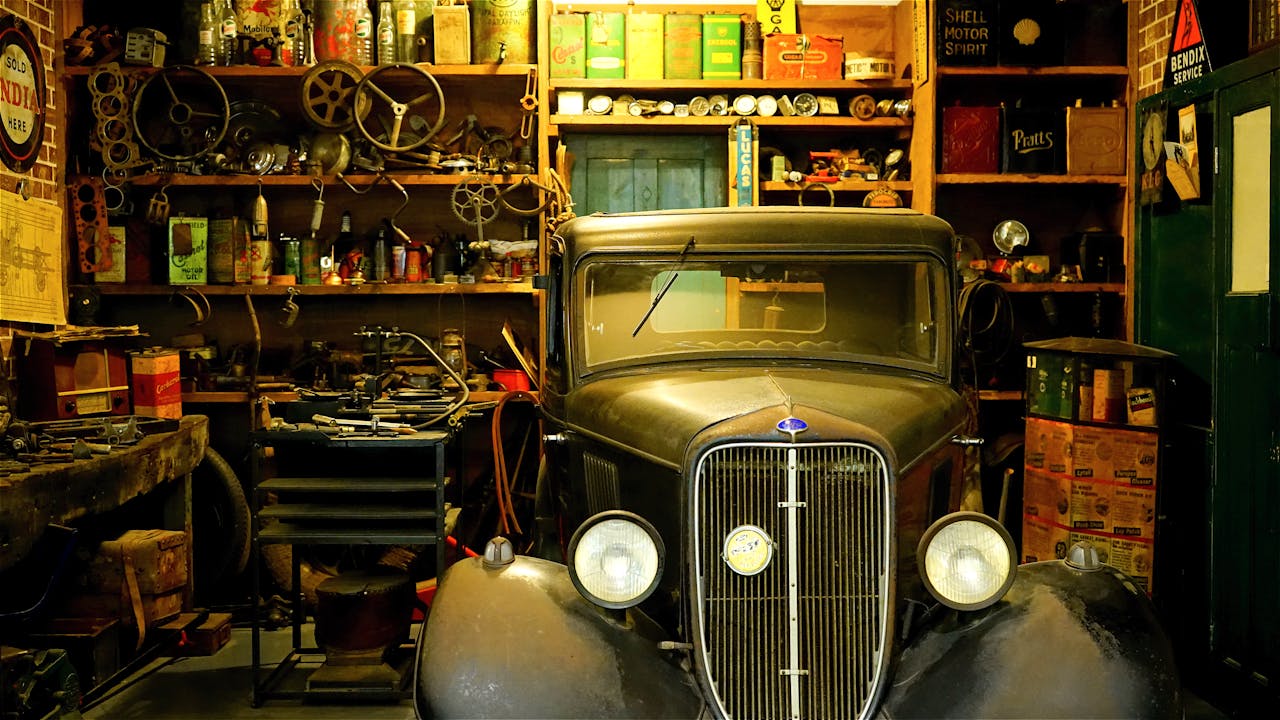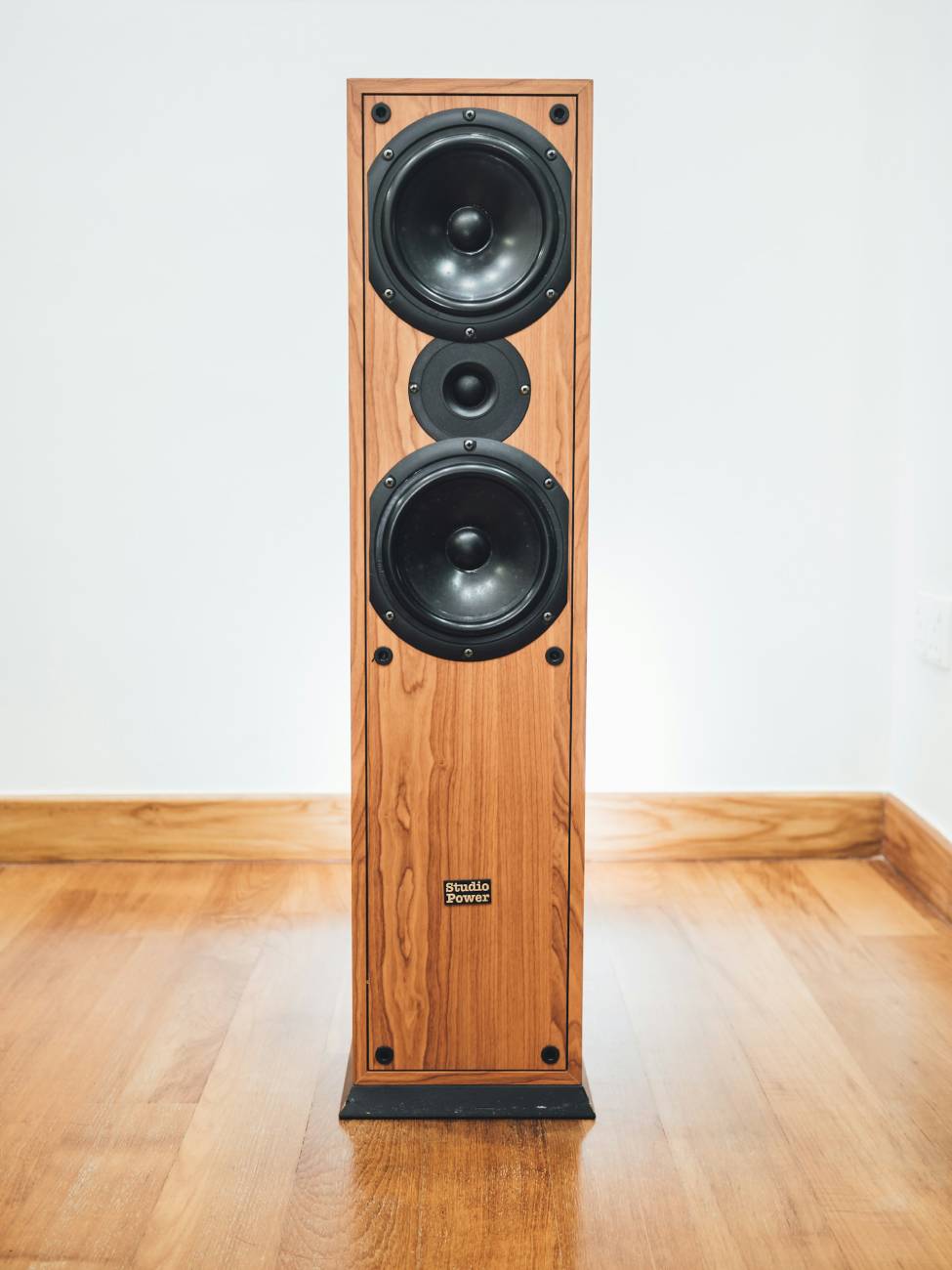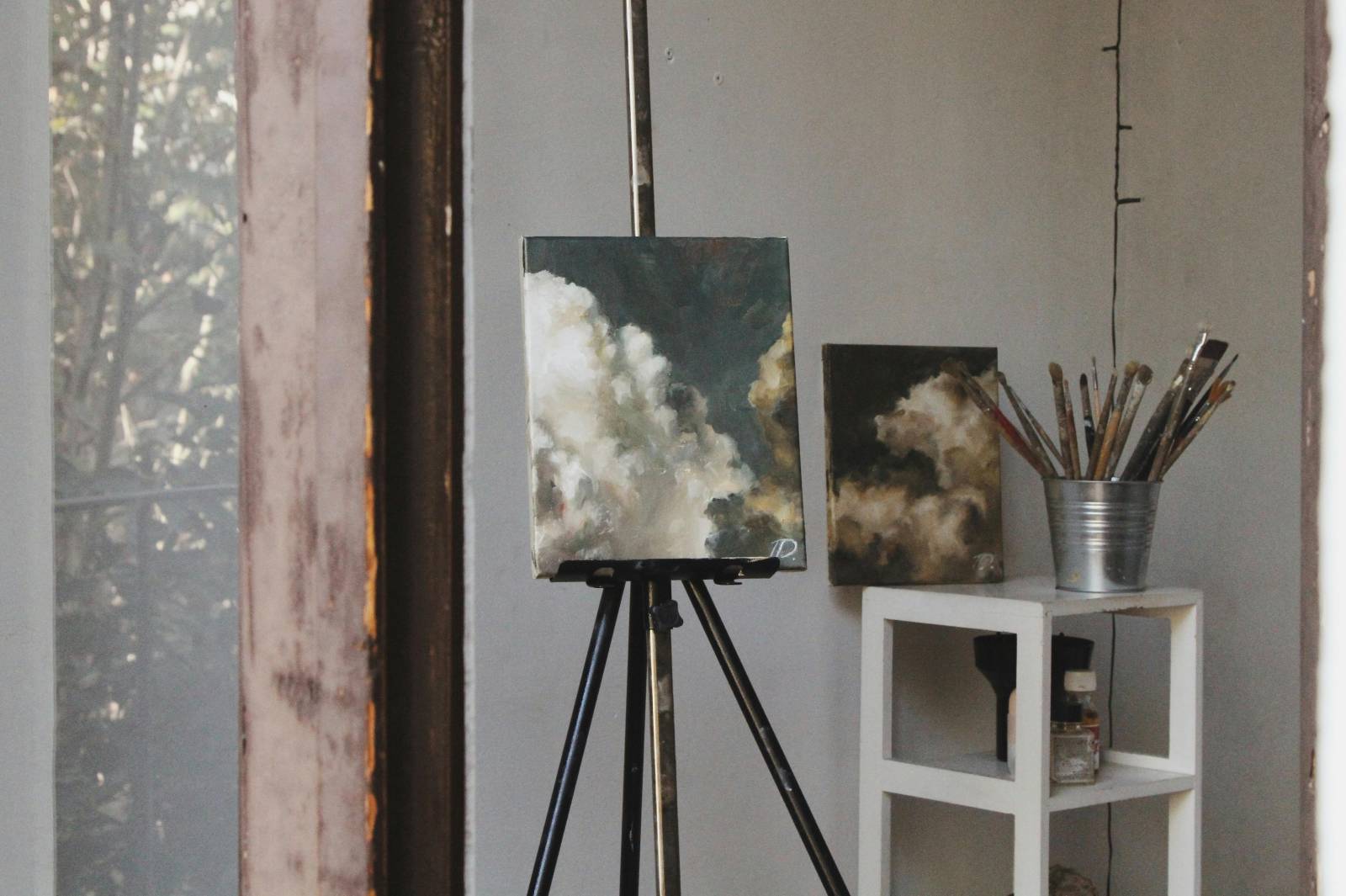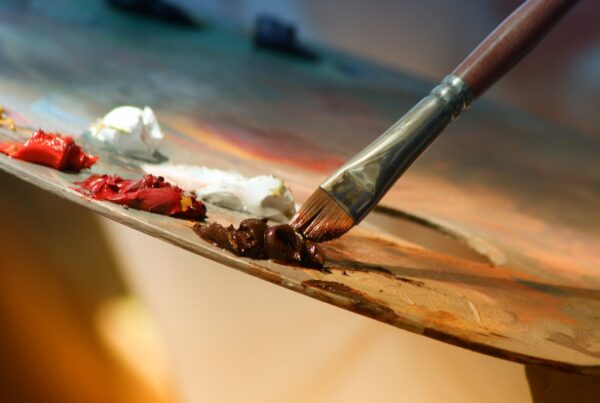Disclosure Sponsored Links: This post contains a paid-for sponsored link, meaning we have received compensation in exchange for including it. Sponsorship does not influence our content, but we believe in transparency regarding paid placements.
Having a dedicated space at home where you can express your art and experiment can greatly enhance the process. Not only can you jump in whenever you feel inspired, but it’s always more cost-effective than renting a studio. You’ll have all of your supplies in one place, as well as that added bit of time not spent travelling between locations.
Of course, it’s never as straightforward as just picking a spare bedroom. There are many elements to consider if you’re going to commit to a home art studio. You’ll need space, light, equipment, supply units, a place for on-the-go projects, and more.
Still, making yourself a home art studio is very rewarding. You’ll certainly reap the benefits of doing so, too. So, here are some top tips for finding and setting up your own home art studio!
Table of Contents
Find the Right Space
Finding the perfect space can be tricky. Indoor spaces often come with potential drawbacks — noise from others can be distracting, and you’ll need to protect flooring and walls from damage. There are workarounds for some of these drawbacks. Putting down floor protection is an option, but if you’re in for the long haul, replacing the floor would be the better move.
That said, if you’ve picked a room upstairs, there’ll be other elements to consider for the flooring. You may want to avoid hard wooden floors. This is because they’re noisy and will create a lot of sound beneath you while you work. The last thing you’d want interrupting your flow is someone who’s annoyed by your footsteps, the dropping of tools, and such. Vinyl and toughened vinyl can work well in its place.
As for the walls, soundproofing panels are surprisingly cheap these days. They can work as a way to make an upstairs room more secluded. If you can, painting them could also help. You’d be able to enhance the room with some bright colours — which we’ll delve into below — and even get it messy on occasion, as the material will work as a wall protector as well. With all of this said, the best option isn’t indoors.
Getting in the Garage

Source: Pexels
While an indoor studio works for some, another popular choice is converting a garage. A garage is an ideal space for a home art studio. They’re often large spaces and have storage already built-in. They can also be more easily or more flippantly reworked to suit their needs without many outside considerations. Of course, not every home will come with a suitable space, which might mean moving to a property better suited to your needs.
When looking for a property fit for an art studio, it can be tricky. Garages are coveted extras. To help with this, you could opt to sell your property for a free cash offer. This way, you’ll be able to sell on your own schedule, without hidden fees, and move more quickly in the market. Importantly, the process removes unnecessary expenses, so you’ll have more left over for reworking a new garage into your ideal space. With a clear budget in mind, you’ll be better positioned to find a home with the perfect studio space on the market.
Brighten Up the Room
So, you have your perfect space. It has the right dimensions, but you’ll probably need to enhance the most important factor: the lighting. Having a stream of natural light is key for many artists to produce their best work. Ironically, this starts from within. If you’ve ever been in a room that’s painted a darker colour, you’ll know how much this impacts the brightness of the room each day. In the summer, this is easier to get away with. In the winter, these rooms become dim very quickly.
Your next step, then, is to paint the walls in a bright colour! White is a natural choice, but neutral colours can also work. You’ll want to be careful of how the colour chosen will affect the glow of the room, as it were. Having bright red walls, for example, does bounce a slight red hue off of the walls when the lights are on. Yellow would similarly alter both how the room looks and how your artwork looks in it. So, white and bright or warm and earthy tends to be the way to go.
Next, get in as much lightning as you can. Installing more bright lights on the ceiling and on convenient stands is key to working at any hour that inspiration strikes. Equally, if it’s a room with small windows, see if you can go bigger. Natural light is always the best and will serve you well on those spontaneous, lengthy weekend art sessions. With a garage, you could even get a glass door, which will also help with the need for increased ventilation. There’s also the option to fit big windows in the ceiling to get some downward light. It’s the freedom you have when customising garages that really makes them perfect for home art studios.
Add the Helpful Extras

Source: Unsplash
Next, you’ll want to personalise with helpful extras. A big one that’s often overlooked until you start using the space is a sound system — it helps you stay focused, enjoy the creative process, and drown out external noise. You don’t have to go all out on a sound system, but getting something that’s strong enough to offer clear sound across the room will benefit your process greatly.
Next, make sure the space is equipped with sufficient power outlets. Position a large desk near one to accommodate a computer, writing tools, or digital equipment. A larger monitor can be especially helpful, allowing you to reference designs or inspiration even from across the room while you work.
As detailed by Nicole Cicak, a lot of artists also have roller carts now. You can roll them around from your working area to the desk, and they’ll be readily loaded with all of your supplies. They’re a useful, convenient solution for storing tools, materials, and supplies for various art pursuits.
It’s very possible for you to create your own home art studio. By following these tips, you’ll make sure that your ideal space is perfectly suited to your needs!







